Growing tomatoes in hanging baskets - a straightforward guide for what you’ll need and how to do it
Did you know that you can grow tomatoes in hanging baskets?
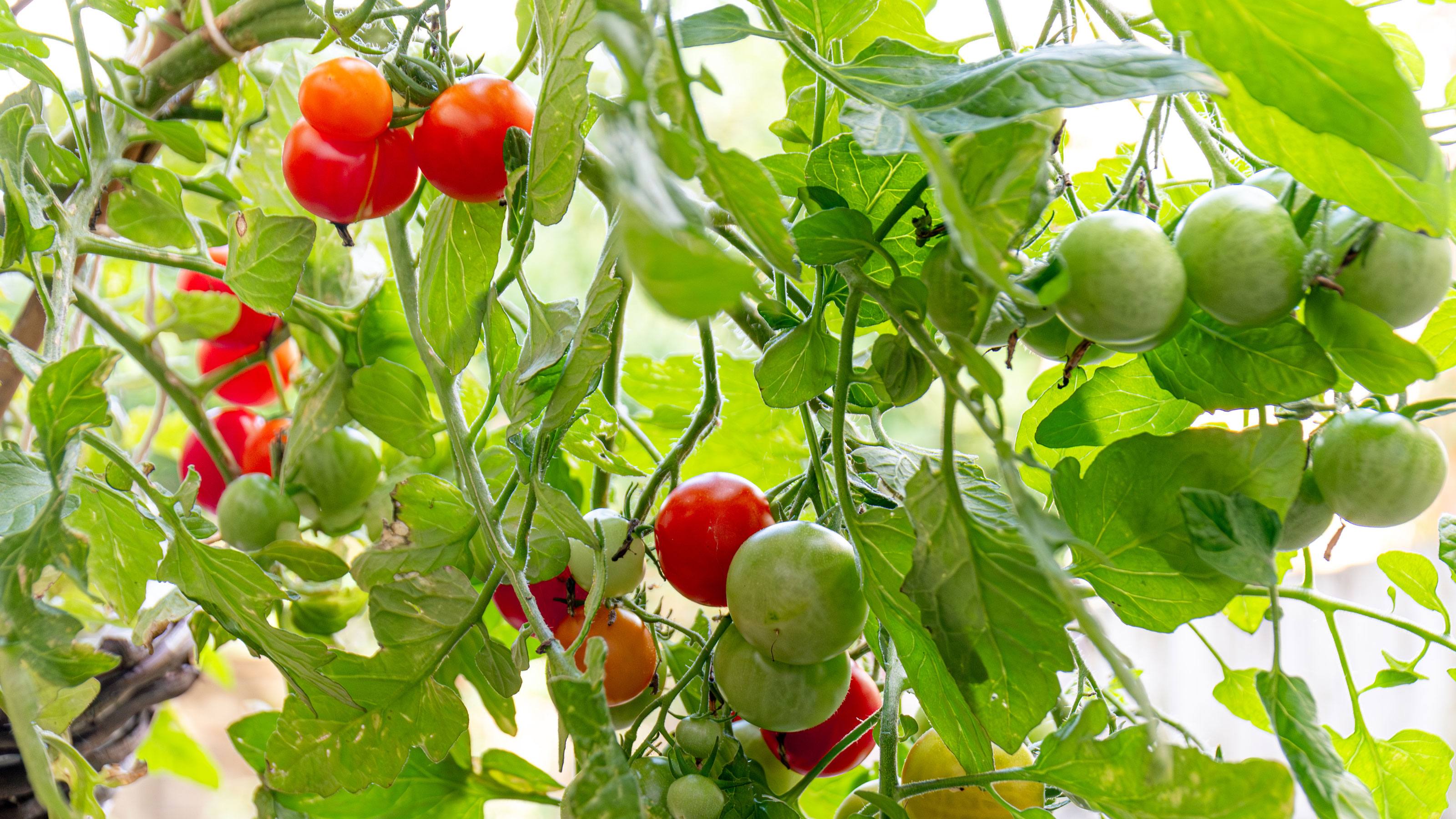

If you want to make your own tomato salad or soup but don’t have the space for a designated fruit and veg patch in your garden, try growing tomatoes in hanging baskets. It’s pretty easy, too.
Yes, knowing how to grow tomatoes is all well and good if you have a large garden with oodles of planting space. But for those with small gardens or a garden that’s already full of plants, herbs, and garden furniture, it can be hard to find space for these tomato plants. However, tomatoes lend themselves well to the grow-your-own hanging basket trend - which means you don’t have to lose any floor space to grow a bumper crop.
To help you grow tomatoes in hanging baskets, we’ve put together the ultimate guide on how to do it. We’ve covered what you’ll need to get started, when you should pop this garden task in your diary, and the easy step-by-step process you’ll need to master.
How to grow tomatoes in hanging baskets
‘Growing tomatoes in hanging baskets can be a space-saving and visually appealing option for gardeners with limited garden space’, explains Kate Turner, gardening guru at Miracle-Gro. But how do you do it?
Don’t worry; we’ve got all the info you need below.
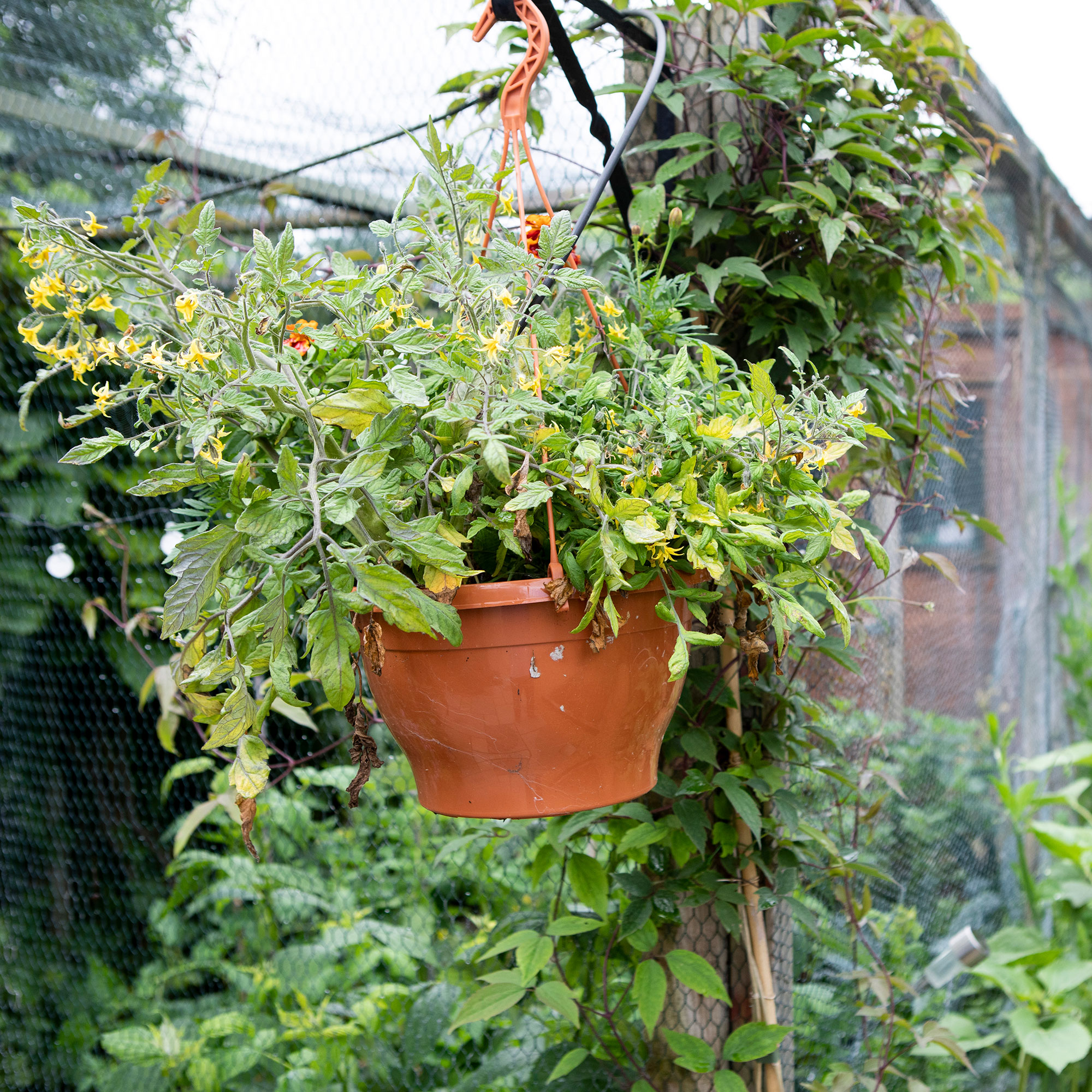
What you’ll need
- Tomato plant or seeds - Ideally, a tumbling variety like these Tumbling Tom Red tomato seeds from Thompson & Morgan.
- Hanging basket and liner - like these Terrastyle Metal Hanging Baskets (Set of 2) from Argos.
- High-quality potting mix - like this Miracle-Gro Premium Moisture Control Compost from Amazon.
- Slow-release fertiliser - like this Levington Tomorite Liquid Plant Feed from B&Q.
Step-by-step
1. Choose the right time
First things first, you'll need to know when to grow tomatoes, regardless of whether you’re growing tomatoes in pots or growing them in hanging baskets.
And if you’re growing your tomato plants from seed, it’s best to start them off indoors in February or March. Then, you can transplant the small plants into the hanging basket from April to May.
If you’re planting fully-fledged tomato seedlings into your hanging basket, May is your best bet.

2. Choose the right variety
There are countless tomato varieties out there, but only a few of them will be suitable for your tomato-filled hanging baskets.
Steve Chilton, garden expert at LeisureBench, explains, ‘Growing tomatoes in a hanging basket is a great way to save space, but you do need to make sure you opt for the right variety of tomatoes to grow.’
‘The 'Tumbling Tom' is generally the most popular type of tomato to grow in hanging baskets, but you can also grow other trailing and compact tomatoes that grow smaller-sized tomatoes. 'Tiny Tim' tomatoes are another good variety, as well as 'Gartenperle'.’

Steve is a passionate and knowledgeable garden expert with several years of experience within the field and has developed strong expertise for all things nature and plants. Steve is a keen educator and loves to share this knowledge with others. He strives to simplify complex garden practices and encourage eco-friendly gardening.
3. Fill the hanging basket with potting mix
To successfully grow tomatoes, a high-quality potting mix is required. This potting mix will ensure that the tomatoes will get the nutrients they need and have space to establish their roots.
It’s also a good idea to think about the size of your hanging basket. Kate says, ‘Choose a hanging basket with sufficient depth and drainage holes to accommodate the tomato plant's root system.’
Ideally, you should opt for one that’s at least 30cm wide and 30cm deep, and one that already has a liner. If you can’t find one with a liner, you can use this HUSKERS 100% Natural Coco Coir from Amazon instead.

4. Plant the tomato plant and water
When you’ve filled the hanging basket with potting mix, you can then go ahead and plant the tomato plant.
‘Plant the tomato seedling in the centre of the basket, ensuring that the roots are covered with soil and the stem is above the soil line,’ explains Kate.
‘Water the plant thoroughly after planting and maintain consistent moisture throughout the growing season.’
When you have a plant-filled hanging basket, you can then hang it in the location of your choice. But if you want the biggest and tastiest tomatoes, location is key.
Steve says, ‘I recommend having your hanging basket in a location that gets around 6-8 hours of sunlight per day, so ensure that it's not in the shade at all as this can prevent the growth from starting.’

5. Support and feed your tomato plant
Knowing how long a tomato plant takes to grow can really help you understand when you need to step in and help. After all, tomato plants can often struggle under their own weight, which is why supporting them during this growth period is so crucial. That's also why many gardeners grow tomatoes vertically.
Kate suggests, ‘Provide adequate support for the tomato plant as it grows by using a sturdy trellis or tomato cage attached to the hanging basket.’
While it’s growing, it’s also a good idea to feed your tomato plant high-quality tomato feed. This will not only improve growth but will also result in healthy and delicious fruit.
Then, all you need to do is wait for your tomatoes to ripen!
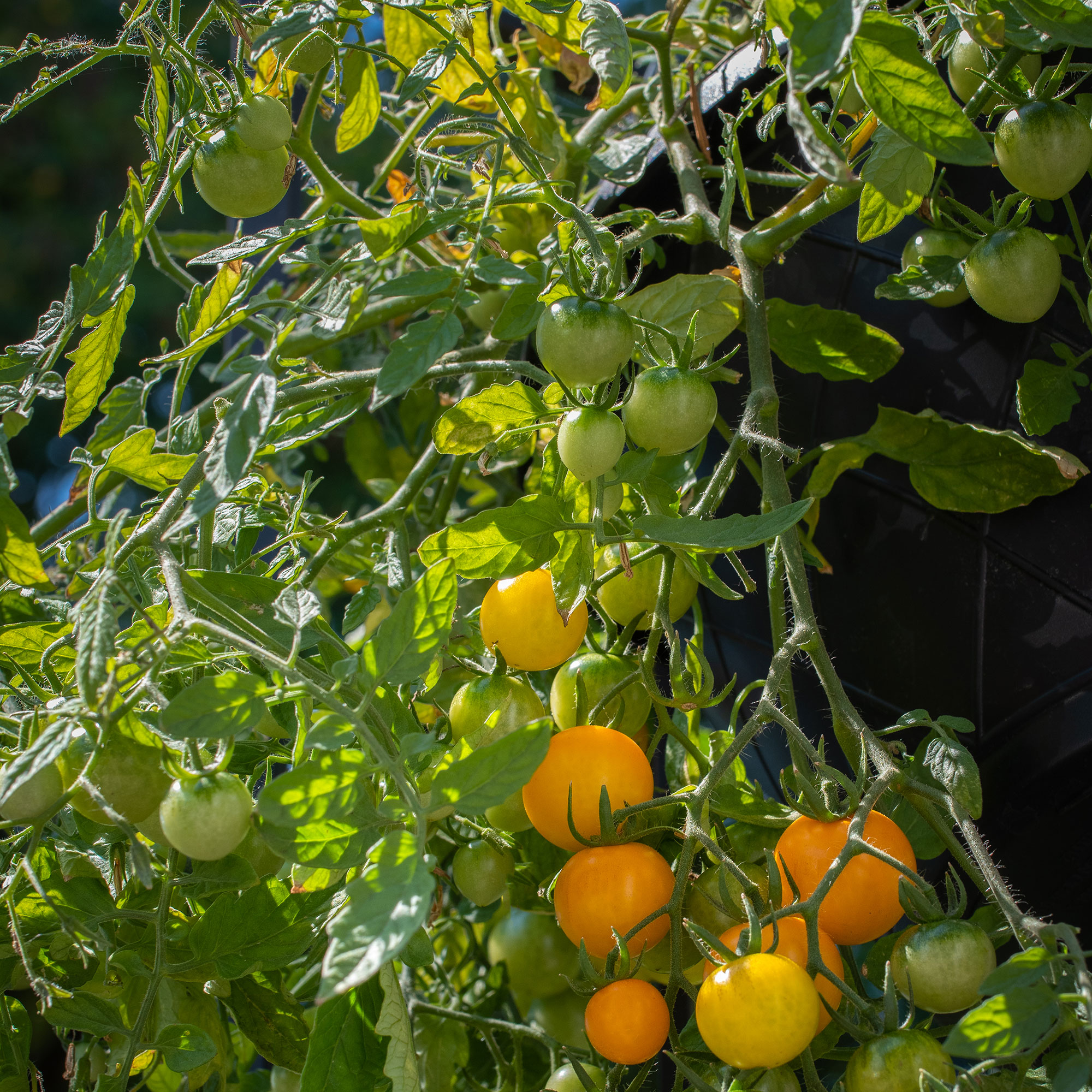
FAQs
Do you pinch out hanging tomatoes?
If you want to control the size of your hanging tomatoes, pinching them is definitely a good idea. By pinching the side shoots, you can stop the plants from trailing all over the place and allow you the chance to control where the plant grows.
How do you support hanging tomato plants?
To support your hanging tomato plants, you can use a similar method to how you’d support any other tomato plant. By offering them a stake or a cage to grow on, you can ensure that the stems of the plant are supported.
Of course, you should make these supports shorter than what you’d use for a normal tomato plant. That way, the stems and the flowers can spill out of the support and trail down the hanging basket.
Now you know how to grow tomatoes in hanging baskets, it’s time to get started!
Get the Ideal Home Newsletter
Sign up to our newsletter for style and decor inspiration, house makeovers, project advice and more.

Lauren Bradbury has been the Content Editor for the House Manual section since January 2025 but worked with the team as a freelancer for a year and a half before that. She graduated with a Bachelor’s degree in English and Creative Writing from the University of Chichester in 2016. Then, she dipped her toe into the world of content writing, primarily focusing on home content. After years of agency work, she decided to take the plunge and become a full-time freelancer for online publications, including Real Homes and Ideal Home, before taking on this permanent role. Now, she spends her days searching for the best decluttering and cleaning hacks and creating handy how-to guides for homeowners and renters alike, as well as testing vacuums as part of her role as the Ideal Home Certified Expert in Training on Vacuums, having spent over 110 hours testing different vacuum models to date!
-
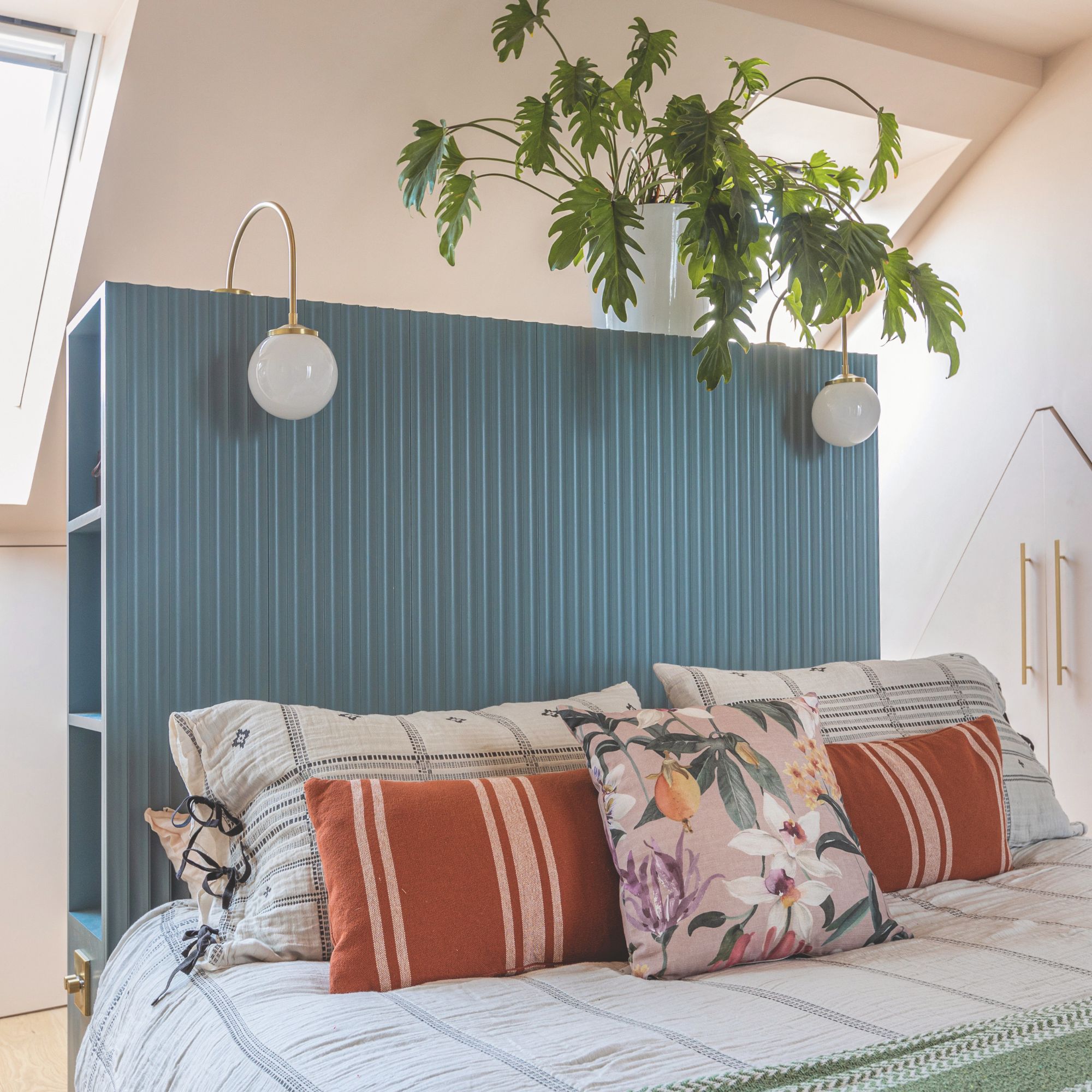 5 signs you’ve taken decluttering too far — and how you can pull yourself back, according to organisation experts
5 signs you’ve taken decluttering too far — and how you can pull yourself back, according to organisation expertsYou might have to start resisting the urge to purge
By Lauren Bradbury
-
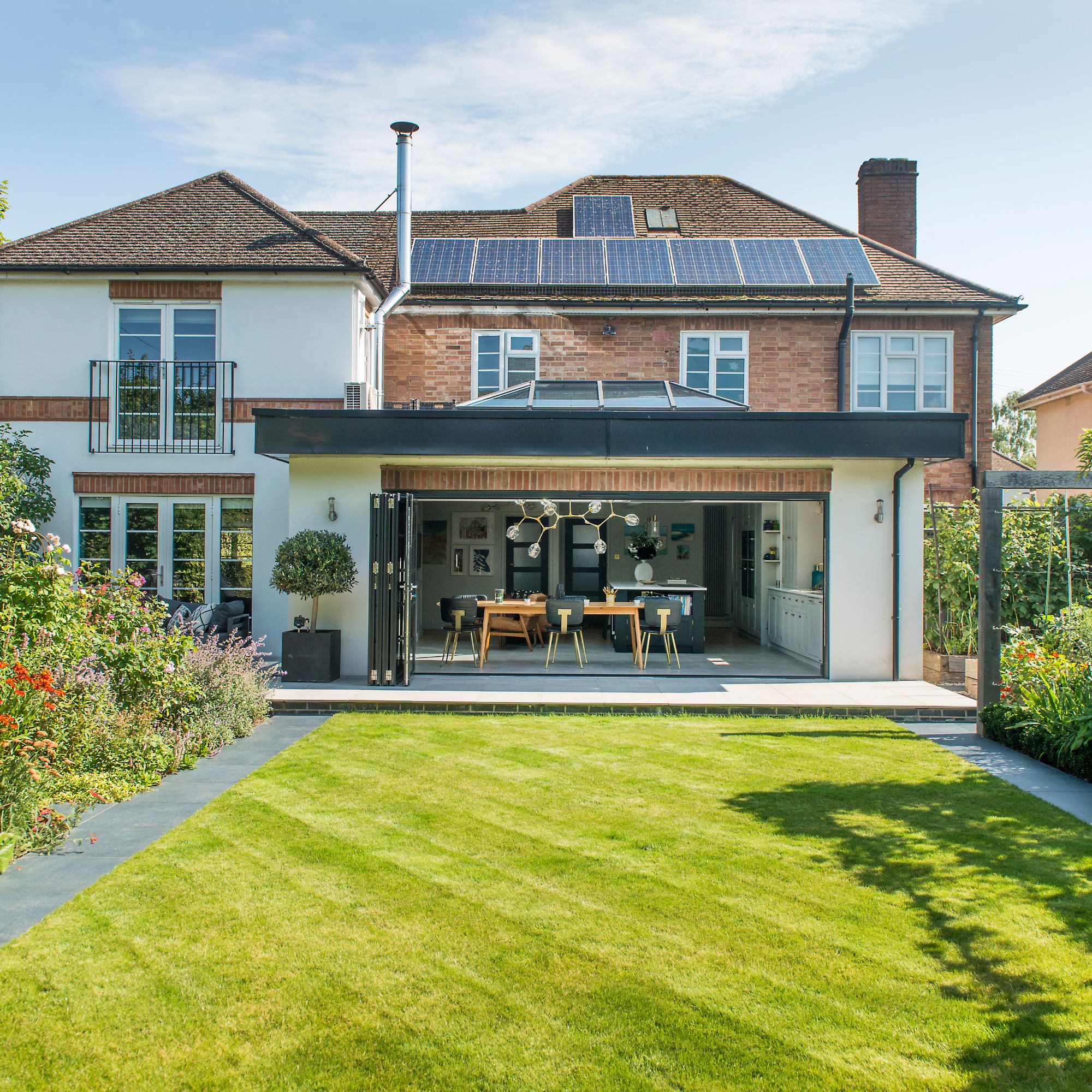 What is the Party Wall Act 3m rule and is it something you should be worried about? This is what the experts say
What is the Party Wall Act 3m rule and is it something you should be worried about? This is what the experts sayDon't get caught off-guard by the Party Wall Act 3m rule — our expert guide is a must-read
By Natasha Brinsmead
-
 Shoppers can’t get enough of The Range’s lemon tree, but I’ve found an even cheaper bestseller at B&Q - it’s perfect for a Mediterranean look
Shoppers can’t get enough of The Range’s lemon tree, but I’ve found an even cheaper bestseller at B&Q - it’s perfect for a Mediterranean lookWelcome the summer with this glorious fruit tree
By Kezia Reynolds